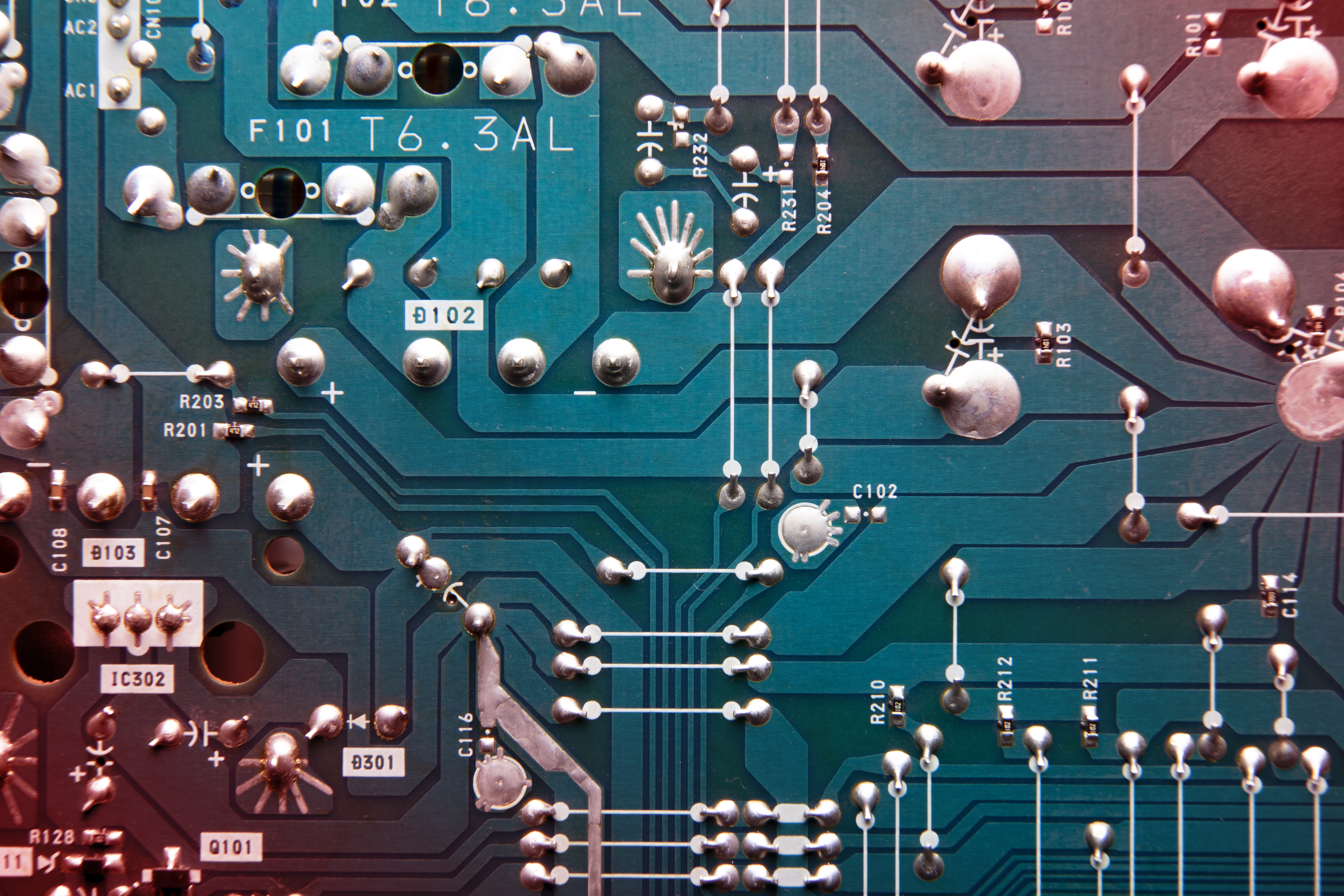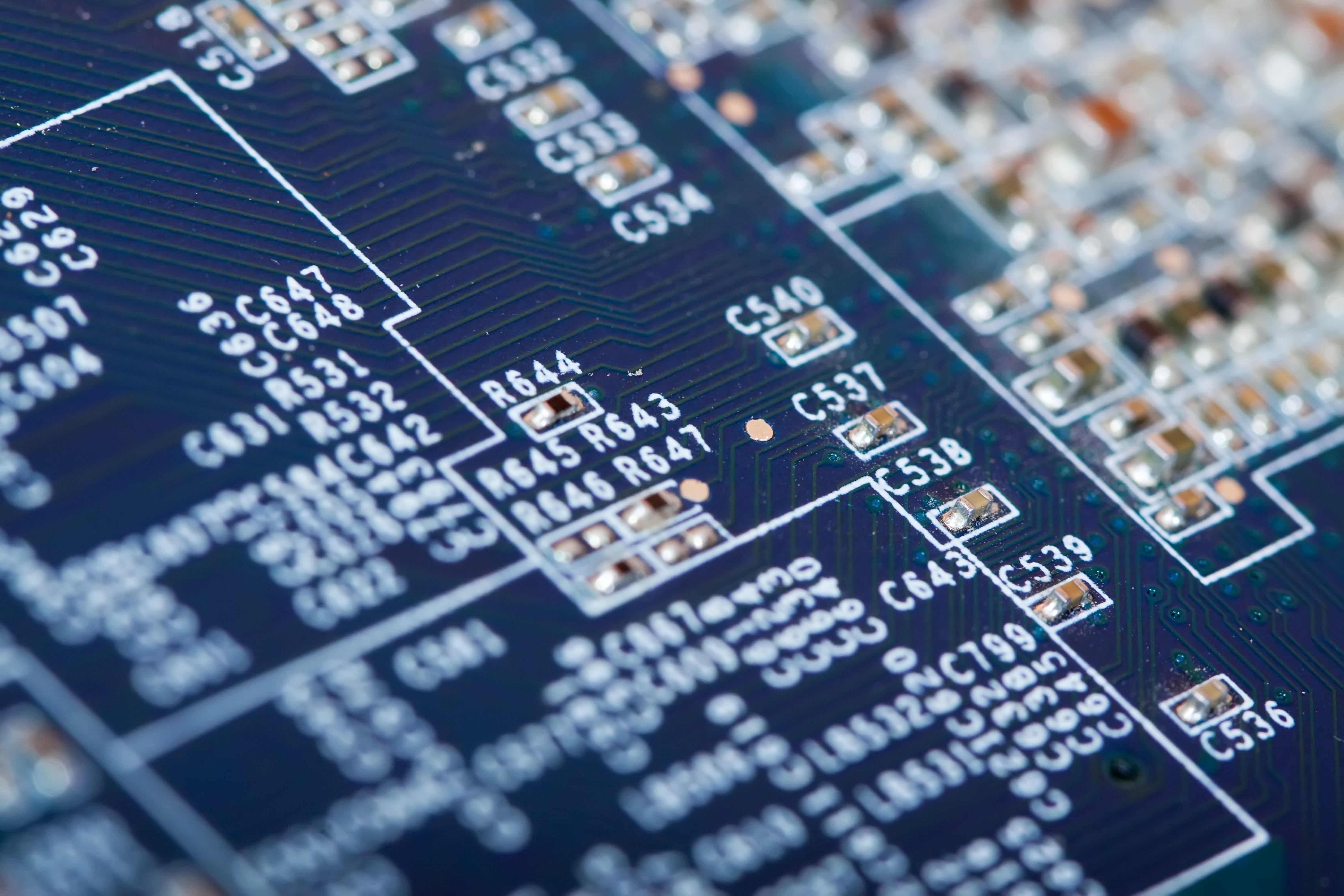Feb 7, 2024|Technological Advancements and Materials
Printed Circuit Board (PCB) assembly is a critical process when producing electronic devices. It involves creating a board by bonding layers of circuit components, such as resistors, capacitors, and transistors, on a substrate material.
Printed circuit boards (PCBs) are vital components of modern electronics, and their assembly is crucial for bringing your electronic devices to life. While quality and functionality are paramount, cost-effectiveness is a significant concern for many.
Understanding how to navigate PCB assembly costs is essential for anyone in the electronics industry.
This guide provides a comprehensive understanding of navigating low-cost PCB assembly, covering various cost-reduction techniques, material options, quality trade-offs, and the differences between prototyping and production manufacturing.
Table of Contents
Understanding Low-Cost PCB Assembly
Low-cost PCB assembly is a method of producing PCBs that focuses on reducing the cost of manufacturing while maintaining quality and functionality. Through various techniques and by using specific materials, it is possible.

Common Techniques for Reducing Costs
Usual techniques for reducing costs in low-cost PCB assembly include optimizing the design, using cheaper materials, and outsourcing the manufacturing process. These techniques can help to reduce the overall cost of PCB assembly, making it a more accessible option for many electronics designers and manufacturers.
Materials Used in Low-Cost PCBs
The materials used in low-cost PCBs can significantly impact the cost of manufacturing. Common materials include substrates, copper foils, soldermask, silkscreen, and adhesives.
By understanding the properties and costs of these materials, designers can make informed decisions about which materials to use in their PCB designs.
Substrates
Substrates are the base material used in PCBs. They can range from rigid materials like fiberglass or polyester to flexible materials like polyimide.
The choice of substrate can significantly impact the cost of PCB assembly, with flexible substrates generally being more expensive than rigid substrates.
Copper Foils
Copper foils are used in PCBs to create circuit traces. The thickness and weight of the copper foil can impact the cost of PCB assembly. Thicker and heavier copper foils can increase the cost, but they can also improve the performance of the PCB.
Soldermask
Soldermask is a layer of material used in PCBs to prevent solder from flowing onto the surface of the board. It can be made from various materials, including copper, nickel, and gold. The choice of soldermask material can impact the cost of PCB assembly, with certain materials being more expensive than others.
Silkscreen
Silkscreen is a layer used in PCBs to print labels, logos, or other designs. This layer is produced using different materials, such as copper, nickel, and gold.
The material used for the silkscreen can significantly affect the cost of PCB assembly. Some materials might be more expensive than others, thereby influencing the overall cost.
Adhesives
Adhesives are used in PCBs to bond components to the board. They can be made from various materials, including epoxy, hot-melt adhesives, and conductive adhesives.
The choice of adhesive can impact the cost of PCB assembly, with certain adhesives being more expensive than others.
Quality Trade-Offs in Low-Cost PCB Assembly
While low-cost PCB assembly can reduce the cost of manufacturing, it may also involve trade-offs in terms of quality. These trade-offs can impact the durability and performance of the PCB, as well as the quality of the components used in the assembly.
Impact on Durability and Performance
Low-cost PCB manufacturers frequently reduce their engineering divisions to reduce manufacturing costs, which may result in a lack of necessary inspections and services throughout production. This can affect the PCB’s endurance and performance, as well as the quality of the components used in the construction.
Limitations in Component Quality
An expert PCB contract manufacturer (CM) will spend time validating components throughout the incoming inspection process. Manufacturers of Low-cost PCBs, may not have the same degree of investment in quality control, which might result in component quality limits.
Prototyping vs. Production Manufacturing in PCB Assembly
PCB assembly is a crucial step in creating any functional and productive device. Engineers begin by building and testing a prototype on a breadboard or computer for this purpose. Prototypes are then assembled and tested on the layout.
They make adjustments to the design depending on the results of their testing and then go into production with the finished product.
In PCB, there are two main methods. One is PCB Prototyping, and the other is standard PCB production.
Understanding the differences between prototyping and production manufacturing in PCB assembly can help designers make informed decisions about navigating the cost and quality trade-offs in PCB assembly.

Prototyping: Flexibility and Speed
Prototyping receives praise for its flexibility and speed. This phase allows for rapid iteration and testing of circuit designs. Prototyping prioritizes adaptability over cost, enabling engineers to quickly identify and resolve potential design issues. This approach is invaluable for innovative projects where specifications might evolve during the development process.
Production Manufacturing: Consistency and Volume
Production manufacturing, in contrast, emphasizes consistency and volume. Once a PCB design is finalized and thoroughly tested during the prototyping phase, production manufacturing takes over. This stage is characterized by the mass production of PCBs, where the focus shifts from design flexibility to replicating the proven prototype with high accuracy and consistency.
Differences in Quality Standards
Quality standards in prototyping and production manufacturing differ significantly. Prototyping allows for a certain level of experimentation and iteration, which may lead to variations in quality. However, in production manufacturing, stringent quality standards are paramount.
Consistent quality ensures reliability and functionality across all units produced, which is critical for consumer trust and product reputation. Understanding these differences is essential for navigating the trade-offs between cost, speed, and quality in PCB assembly.
Conclusion
Navigating low-cost PCB assembly involves understanding the trade-offs between cost and quality. It requires a careful balance of using cost-effective materials and techniques while maintaining quality standards.
Prototyping provides flexibility and speed, while production manufacturing ensures consistency and volume.
Achieving low-cost PCB assembly requires a balanced approach. While cost is important, it shouldn’t be at the expense of quality and functionality.
Carefully analyze cost-reduction techniques and material options, understand potential trade-offs, and weigh the differences between prototyping and production manufacturing.
By making informed decisions, you can ensure the optimal balance between cost, quality, and performance for your specific project.
- Sunny Patel is the Engineering and Sales Manager at Candor Industries. Sunny is trained as a IPC-A-600 trainer, AS9100 Lead auditor, IPC CID and got his Engineering degree at the University of Toronto.
Latest entries
- February 27, 2024Technological Advancements and MaterialsHow to Order a PCB Assembly
- February 26, 2024Product Innovations and DesignReduce PCB Design Cost
- February 7, 2024Technological Advancements and MaterialsNavigating Low-Cost PCB Assembly
- January 24, 2024Quality and TestingA Guide To Automated Optical Inspection (AOI)


